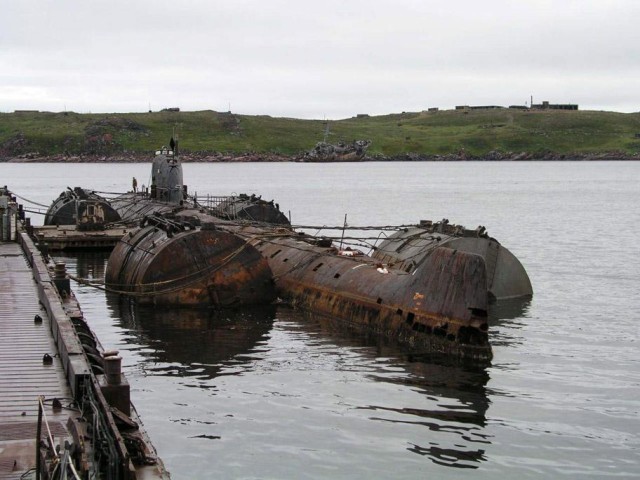
New Managing Director for Bellona Norway
The Board of the Bellona Foundation has appointed former Minister of Climate and the Environment Sveinung Rotevatn as Managing Director of Bellona No...
News
What are green lead markets?
Lead markets generally denote a geographically distinct submarket that pioneers the successful adoption of an innovative design and/or product. In green lead markets, this innovation refers to products being more sustainable and low-carbon. Green lead markets may take different shapes and sizes and can range from green purchase agreements between public and/or private entities to municipal, regional or national policies encouraging the uptake of green products.
The fundamental step of creating green lead markets is to generate a comprehensive CO2-footprint of a good or service in order to identify what is ‘green’ and which products should be pulled to the market. To ensure alignment with carbon neutrality goals, such a system needs to account for the whole lifecycle carbon of a product and include both the ‘operational carbon’, so the CO2 emitted during the use of a product, and the ‘embodied carbon’. The latter refers to the CO2 from input materials and processes going into a product, as well as the emissions resulting from products’ refurbishment and end-of-life treatment.
For more information on ‘embodied carbon’, read here.
What are ‘green premiums’?
Investments in innovative new production processes and new feedstock supply to reduce the carbon footprint and improve the sustainability of a product come at a cost. This higher cost of production, which is generally passed down to the price of the final good, is called a ‘green premium’. Currently, there is not effective carbon price to balance this premium. As a result, these green products are at a competitive disadvantage.
The opposite of a green premium is a ‘brown penalty’. This can occur, for example, when a functioning carbon price has internalised the environmental cost of products, making more climatically and environmentally harmful production processes and their outputs more expensive.
What is ‘green procurement’?
Procurement is an organisational process by private or public entities to ensure the buyer receives goods, services or works from an external source at the best possible price-quality ratio. This is often achieved through a tendering or bidding process, while accounting for aspects of quality, quantity, time and location. In green procurement, the carbon footprint and sustainability of a good will be given significant weight in the final decision.
Green procurement is an important tool to create lead markets, due to the purchasing power of major buyers. Such procurement deals, therefore, generally happen between two businesses (B2B) and between businesses and the public sector. Green procurement can be implemented through internal requirements, such as minimum green content requirements of products, thresholds for CO2 intensity of final goods, and an internal CO2 pricing mechanism as part of the tendering process.
How can lead markets help drive climate neutrality?
Lead markets are a transitional tool and deliver an economic incentive for goods that are not yet competitive. The cost of climate action often requires initial incentives in the form of subsidies. These can include capital grants for new equipment and Contracts for Difference (CfD) to cover the ‘green premium’ of the final product. By creating a niche market on which this premium is willingly taken over by a buyer, lead markets create a business case that is no longer dependent on direct subsidization.
Raising the spotlight on the emissions associated with a final product allows lead markets to encourage innovation and new processes along entire value chains of a final product. By restricting enabling access to only those products that are green, lead markets send a signalling effect to other ‘lag’ markets and generate economic interest in the delivery of green products to gain access. The result is growing competition in an equally growing market, shaping and being shaped by general consumer preference, potentially resulting in a ‘brown penalty’ and making the conditions of a lead market the new ‘normal’.

Figure 1: Interactions between demand- and supply-side policies. Source: How product standards can grow the market for low-carbon industrial products. Frontier Economics (2022),

The Board of the Bellona Foundation has appointed former Minister of Climate and the Environment Sveinung Rotevatn as Managing Director of Bellona No...

Økokrim, Norway’s authority for investigating and prosecuting economic and environmental crime, has imposed a record fine on Equinor following a comp...

Our op-ed originally appeared in The Moscow Times. For more than three decades, Russia has been burdened with the remains of the Soviet ...

The United Nation’s COP30 global climate negotiations in Belém, Brazil ended this weekend with a watered-down resolution that failed to halt deforest...